25 frightening devices and procedures of the past that demonstrate the progress of modern medicine (26 photos)
Medicine has indeed changed a lot since the days when people could only rely on herbs and prayers to cure illness or injury. But doctors have always worked hard and been creative, as museums around the world attest. We've put together a collection of some of the most terrifying and questionable doctor practices. So sit back and be grateful you were born into the era of modern medicine. 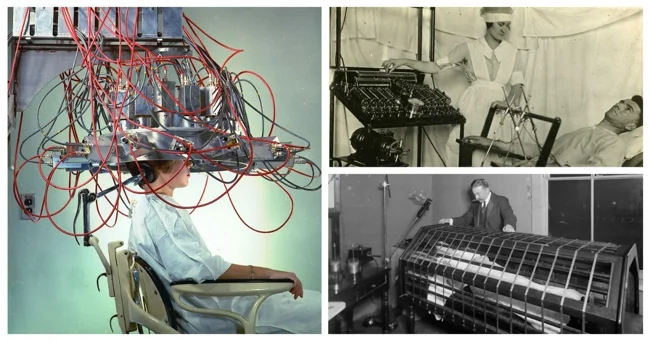
1. Lewis Sayre's Device 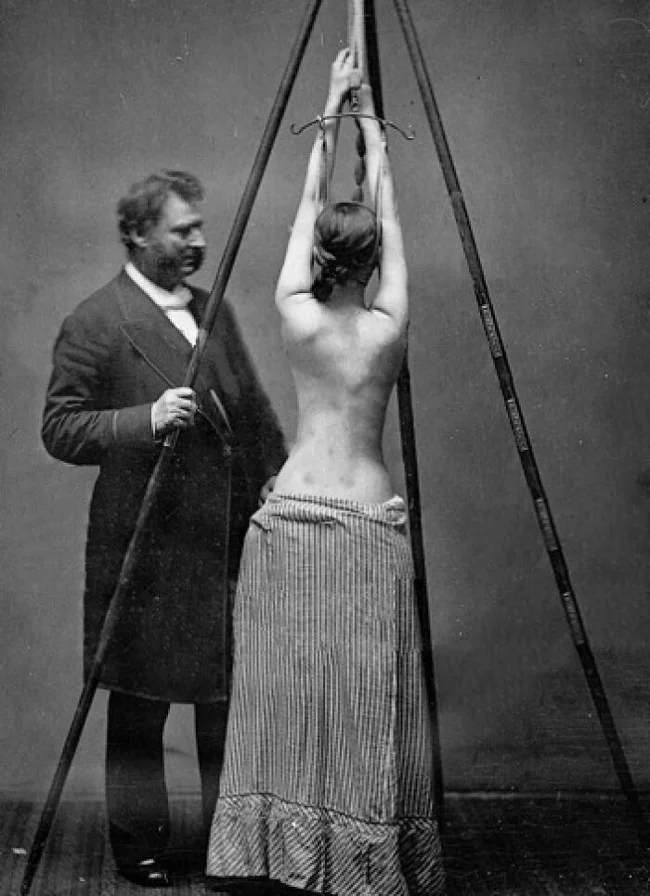
In the 1870s, surgeon Lewis Sayre proposed a new method for treating scoliosis. He used a vertical suspension frame to stretch the spine and relieve the pressure caused by the abnormal curvature. A plaster cast was then applied to immobilize the spine. The treatment method became the basis for the development of modern orthopedics.
2. Heliotherapy 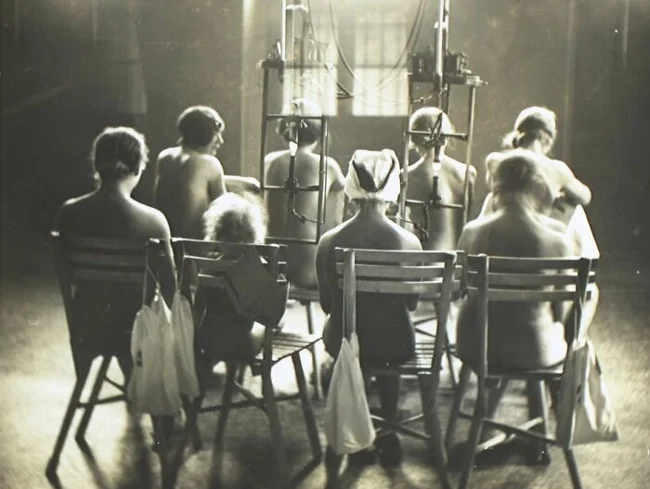
Heliotherapy, also known as phototherapy, involves exposure to direct sunlight or artificial light with controlled wavelengths to treat various diseases.
Danish scientist Niels Finsen was the first to use this treatment. At the Finsen Institute in Copenhagen, he used ultraviolet rays to treat lupus vulgaris, a skin infection caused by tuberculosis. For his groundbreaking research, he was awarded the Nobel Prize in Medicine in 1903.
3. Cobalt Therapy 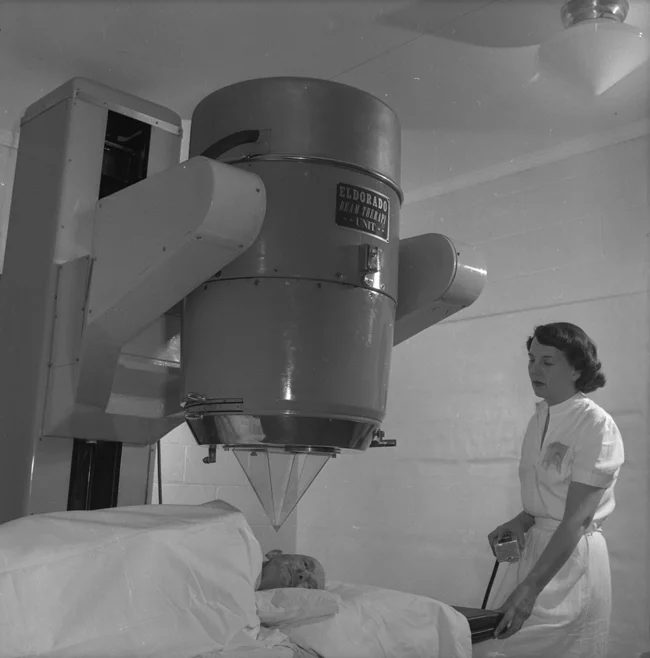
In the early 1950s, the London Medical Sciences Centre introduced cobalt therapy, an innovative cancer treatment. This approach used cobalt-60 radiation, which was a major breakthrough in medicine. The device emitted gamma rays that were directed at tumors, destroying them. Despite their effectiveness, they were replaced by linear accelerators.
4. Thalidomide 
In the late 1950s and early 1960s, thalidomide was marketed as a treatment for anxiety, insomnia, tension, and morning sickness in pregnant women. The drug was teratogenic, causing thousands of miscarriages, and more than 10,000 babies born with limb defects.
5. Early Blood Transfusions 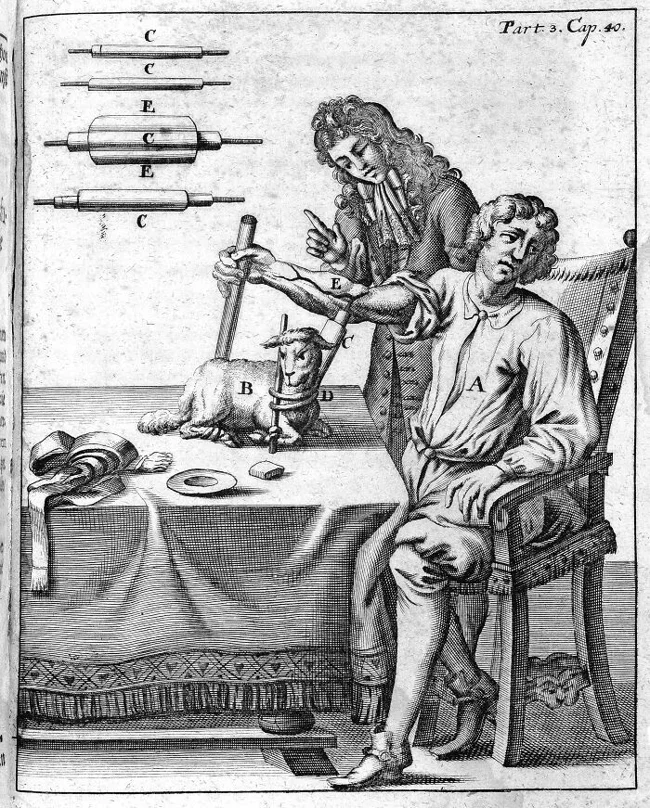
In the 17th century, doctors began experimenting with blood transfusions using animals. In 1667, French physician Jean-Baptiste Denis transfused about 12 ounces of lamb's blood into a teenager with a fever. The boy survived, which inspired Denis to experiment further. He repeated the procedure on three more patients, but two of them died. After that, the French authorities banned the procedure.
6. Dr. Clark's apparatus for treating the spine 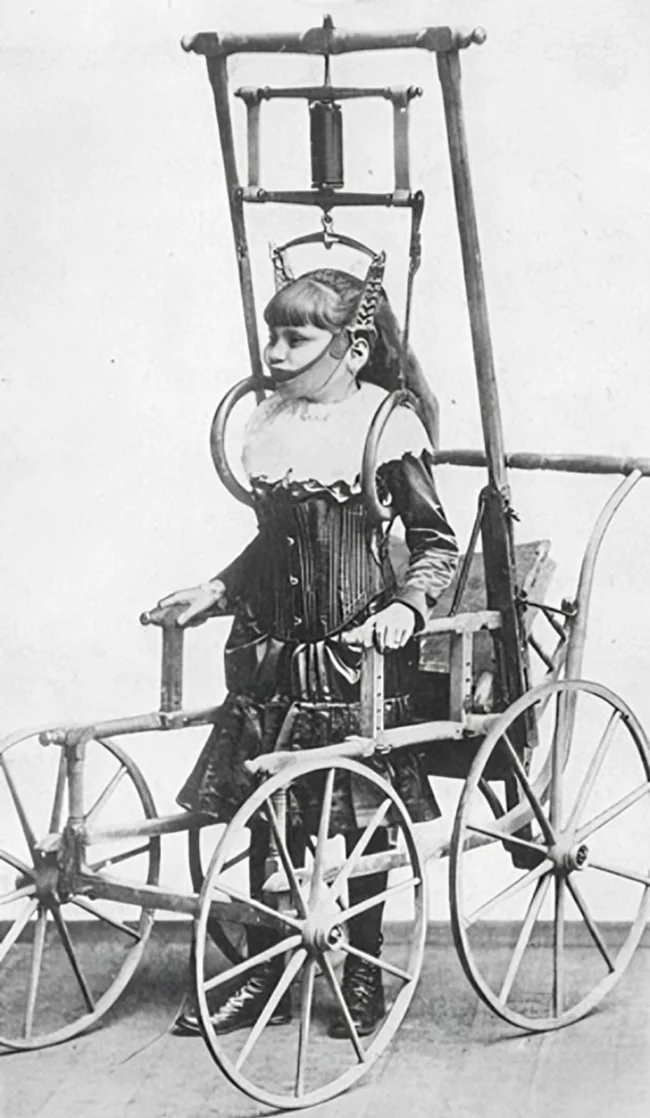
The apparatus created by Dr. Clark in the late 19th century was intended to treat scoliosis. The wooden structure was so heavy that patients had difficulty moving. This significantly reduced the effectiveness of the therapy.
7. Electroretinography 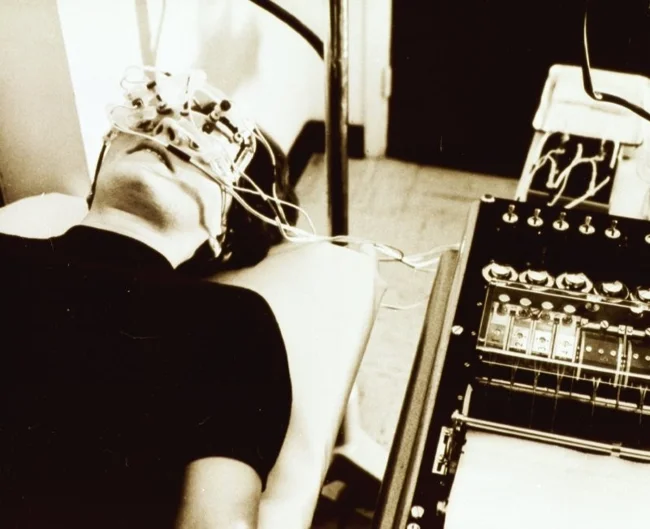
Electroretinogram (ERG) is a method developed in the late 19th century to study the functional state of the retina. The first devices, invented in the 1870s, required placing wires and electrodes directly on the patient's eyes. This gave them a frightening cyborg appearance.
8. Iron Lungs 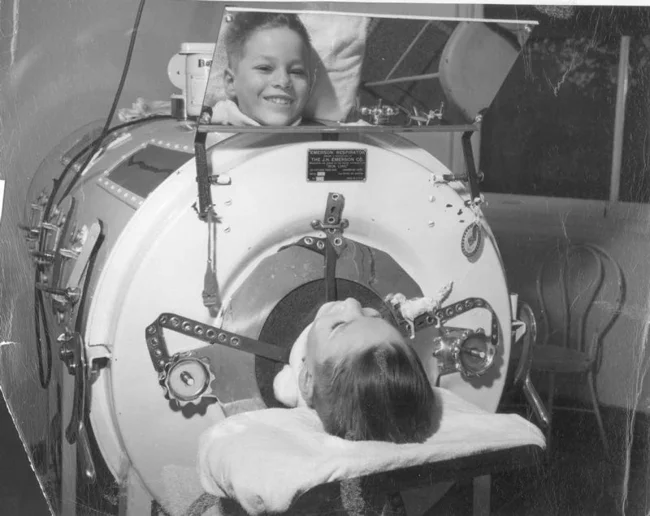
In 1931, John H. Emerson invented a respirator known as the "iron lung." The huge apparatus helped people with polio and respiratory paralysis breathe. More affordable and effective than its counterparts, Emerson's respirator saved countless lives during the polio epidemics of the 1940s and 1950s.
9. Vibration Therapy 
Vibration therapy actually existed in the 19th century. However, this image of a man with a sledgehammer is considered fiction. An 1883 medical book described the treatment as lightly and rhythmically moving a brush across the scalp.
10. Bergonica Chair 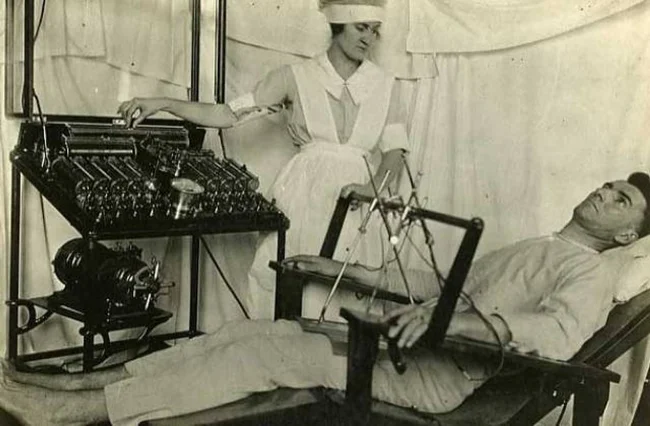
This controversial medical device from the early 20th century was used to administer electroshock therapy to patients in psychiatric hospitals. The currents were believed to cause seizures and have a positive therapeutic effect.
11. Hubbard Baths 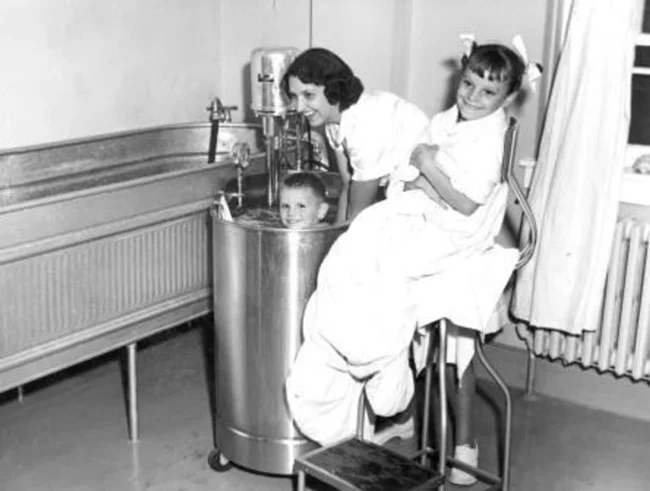
In the 1950s, during the polio epidemic, stainless steel Hubbard baths were used to rehabilitate children. The procedure, which supposedly improved circulation and strengthened muscles, involved immersing the patient in warm water up to the neck. The jets of water, buoyancy, and heat made it easier for weak or paralyzed limbs to move, reducing pain.
12. Tallerman-Sheffield apparatus 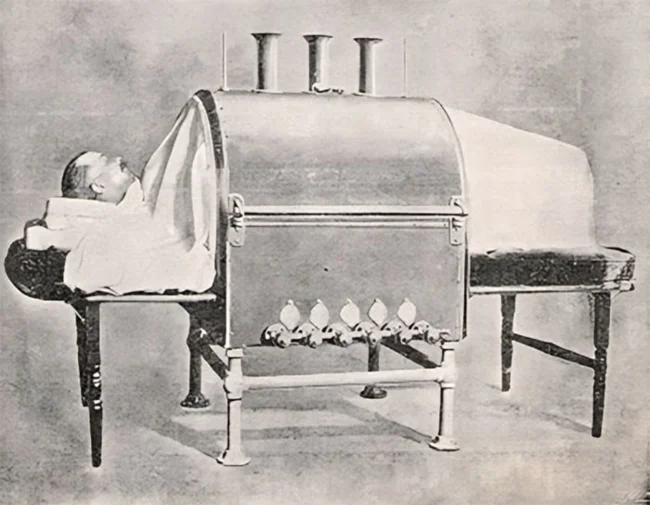
The Tallerman-Sheffield apparatus, also known as the "human oven," was invented in the 19th century to treat pain using hot air. The "baking" procedure resembled a sauna and was used to relieve symptoms of gout, arthritis, and other ailments.
13. Electric Cabinets 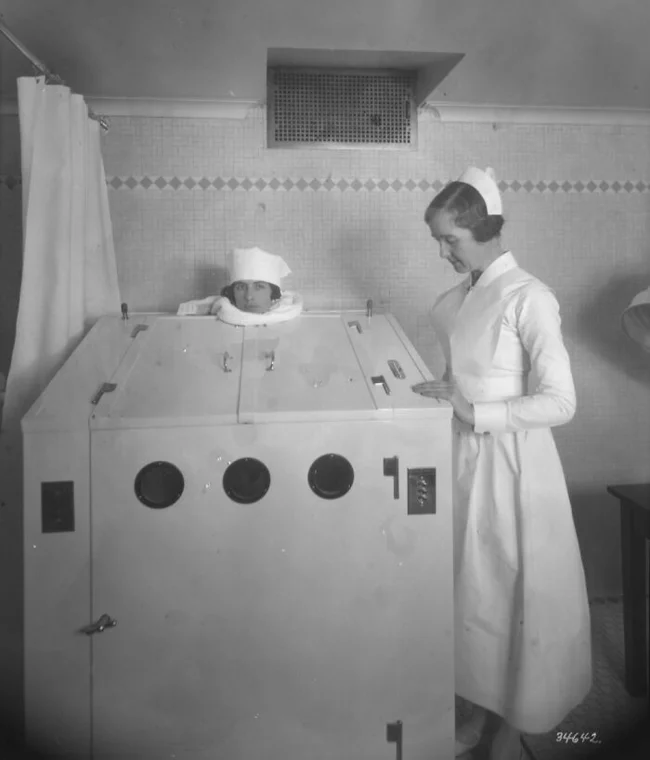
At the beginning of the 20th century, electric cabinets were used to artificially increase body temperature. They used either electric bulbs or steam inside them. These devices were used as precursors to modern saunas and diathermy to treat conditions such as arthritis. They promoted sweating and helped improve the condition of patients.
14. Urine Diagnostics 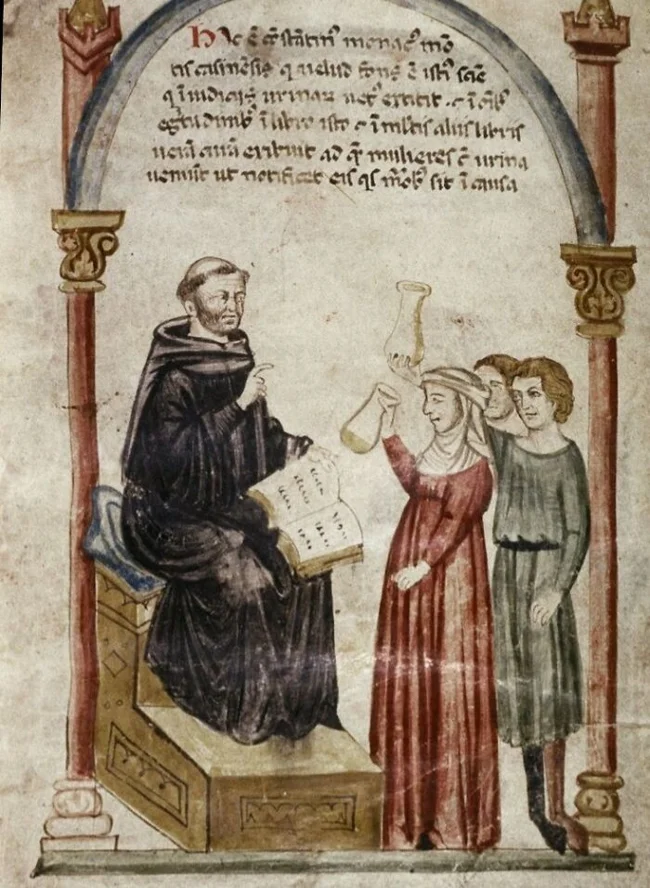
In 1500 BC, doctors used their taste buds to diagnose diseases. They could tell if a patient had diabetes by the taste of their urine. By the end of the 19th century, this method had given way to more sophisticated blood glucose tests.
15. The Healing Whale 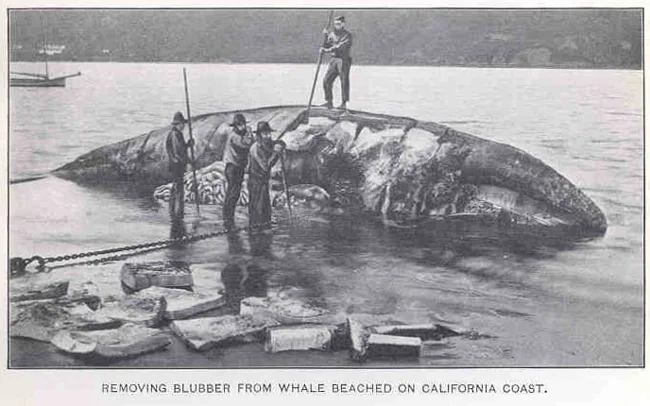
In 1896, a drunk sailor suffering from rheumatism jokingly jumped into an open whale carcass. Two hours later, he emerged, claiming to be cured. Word of the miraculous cure quickly spread, and rheumatism sufferers flocked to the Australian city of Eden from all over. Patients would remain inside the whale for up to 30 hours to achieve a lasting effect. However, after a decade, this practice ceased. The main reasons were hygiene issues, the decline of the whaling industry, and the development of medicine.
16. Lobotomy 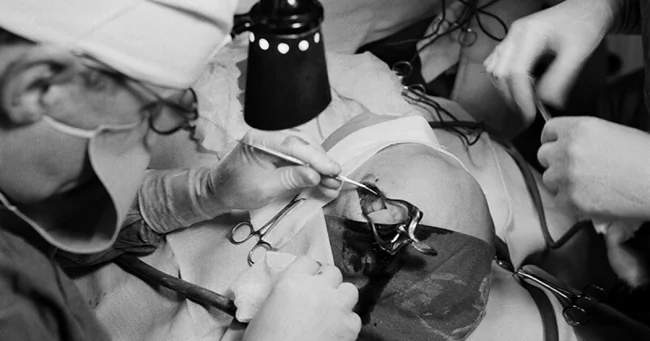
In the 1940s and 1950s, lobotomy was considered a radical surgical treatment for severe depression and other serious mental illnesses. The surgery involved separating one of the lobes from other areas of the brain. Although some patients initially showed improvement, the procedure often resulted in severe cognitive problems and personality changes.
17. Insulin Comatose Therapy 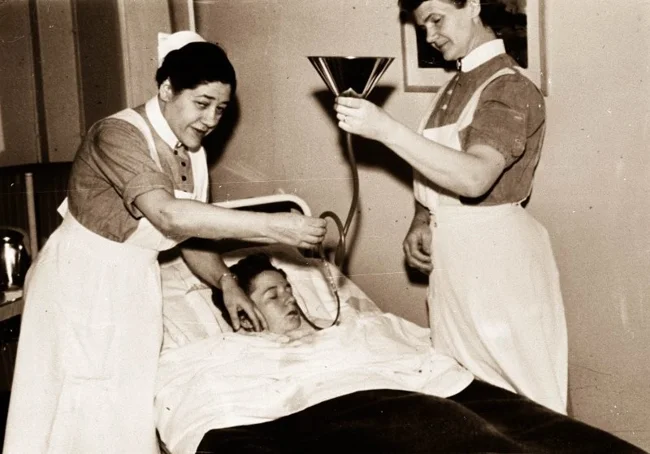
In 1927, Dr. Manfred Sakel developed insulin shock therapy. The method was used to treat schizophrenia and other mental disorders. It involved administering large doses of insulin to induce a hypoglycemic coma. Some patients experienced improvement, but the therapy was dangerous. It could cause a long coma or even death.
18. The Predecessor of the PET Scanner 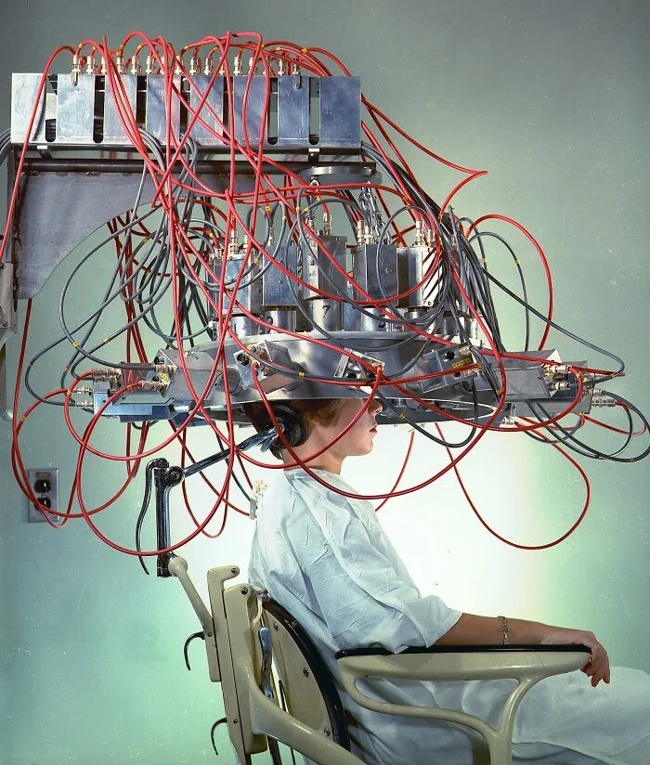
In 1961, scientists at Brookhaven Lab created a device to detect brain tumors using positron radiation. At first, it only provided raw data about the location of tumors. However, within a decade, researchers had found a way to convert this information into actual images of the brain, greatly improving diagnostic accuracy.
19. Breath-holding pressure test 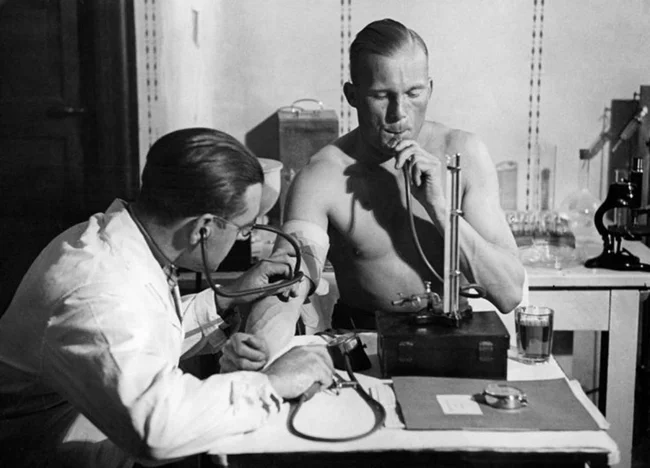
At the beginning of the 20th century, the breath-holding test was used in cardiology to assess heart function and control blood pressure. For the test, patients had to exhale into a column of mercury, as in the Valsalva maneuver. This increased intrathoracic pressure, and the doctor listened to the heart with a stethoscope, observing changes in blood circulation.
20. Electric Bath 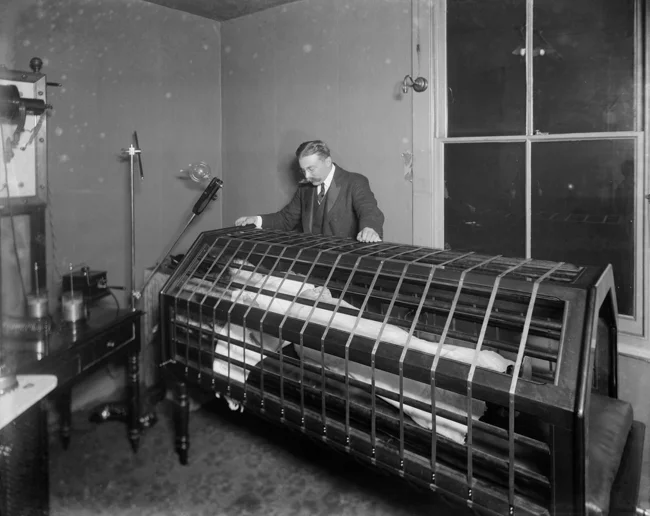
The electric bath was probably the forerunner of modern tanning beds. The light therapy device was used in the early 20th century. Patients were placed in a booth, and ultraviolet lamps created a dosed effect of artificial sunlight. This advanced therapy was believed to have many beneficial properties: it improved blood circulation, relieved joint pain, and treated skin diseases.
21. Snake oil 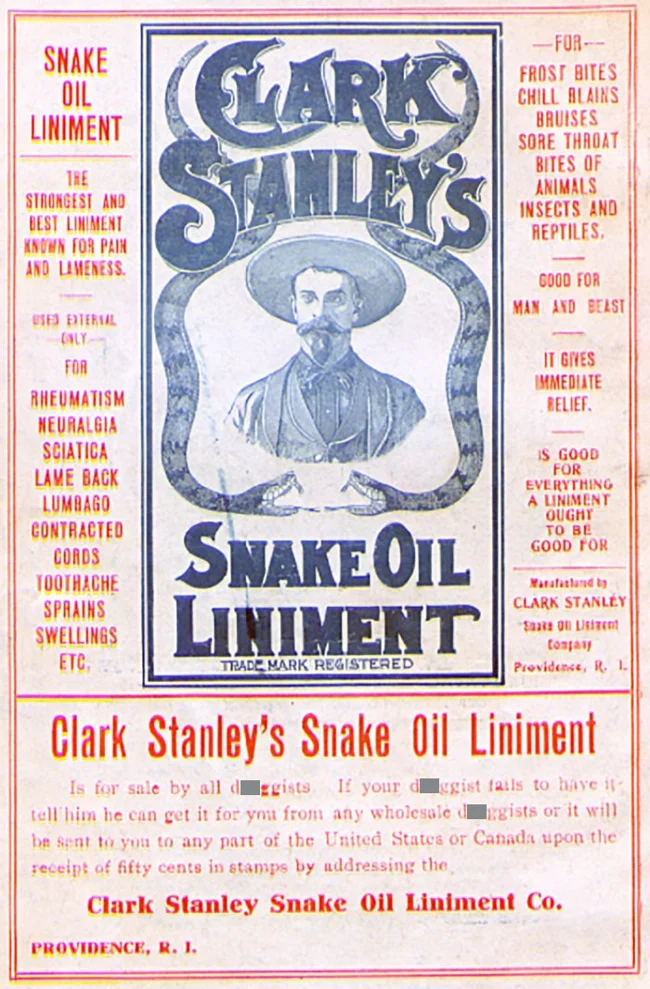
Today, the expression "snake oil" means something fake. But in the 19th century, it was the name for real oil obtained from water snakes and used in Chinese medicine. It was believed that it could cure all diseases and had powerful anti-inflammatory properties.
In the United States, since the beginning of the 20th century, many companies began selling placebos and even harmful substances under the guise of snake oil. It was then that this product became a symbol of deception.
22. Bloodletting 
Bloodletting is an ancient method of treatment in which blood was intentionally taken through a puncture or using leeches. This was done to relieve illness and poor health. Doctors believed that bloodletting could balance the four humors of the body: blood, phlegm, yellow bile, and black bile. Bloodletting was used for over two thousand years, but it was banned in the 19th century when science proved its harm.
23. Chest X-ray 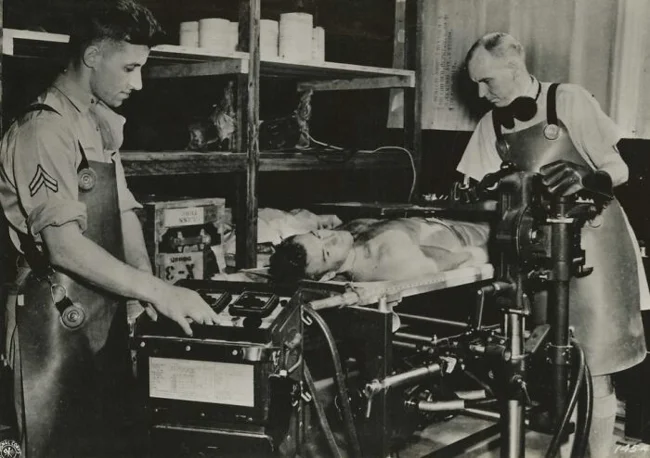
During World War II, chest X-rays were an important tool. Doctors could view a patient's lungs and heart in real time on a fluorescent screen. This helped quickly diagnose complex injuries and lung infections. However, both the doctor and the patient were exposed to high levels of radiation.
24. Schnee Baths 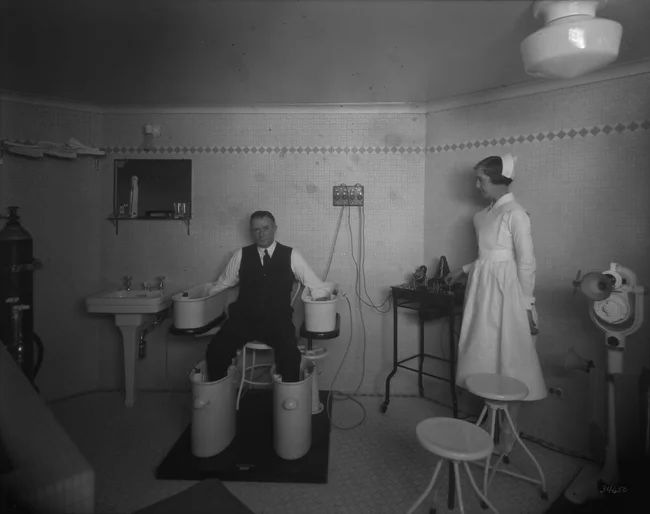
Schnee baths were a form of hydrotherapy for rheumatism and joint pain. They were popular in hospitals and spas from the late 1800s to the 1930s. Patients would soak their feet in separate galvanized basins. A weak electric current was passed through the water, making the treatment painless and discomfort-free. However, by the early 20th century, Schnee baths had lost the trust of the medical community and were considered quackery.
25. Mercury Injections 
In the 16th century, mercury was used to treat syphilis, despite its high toxicity. Many patients suffered from serious side effects: nerve damage, organ failure. Despite this, mercury injections remained popular until the early 20th century, when penicillin, a more effective treatment, was discovered.






















